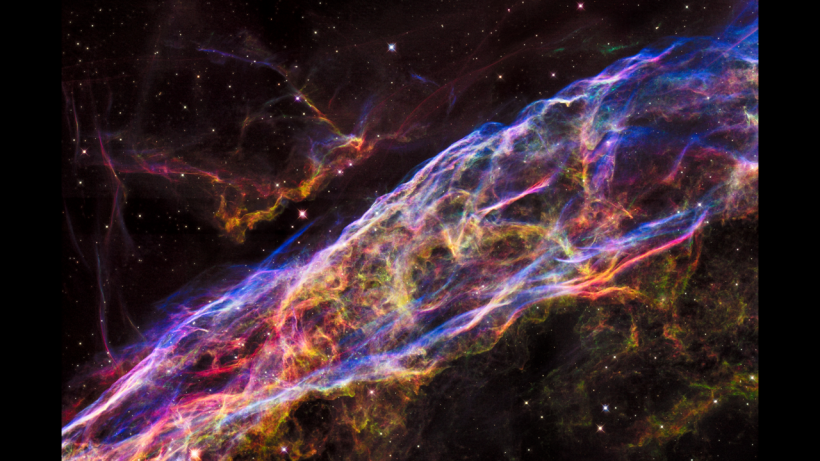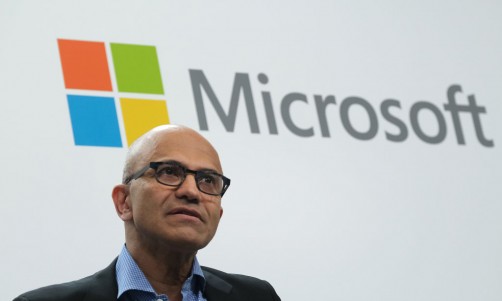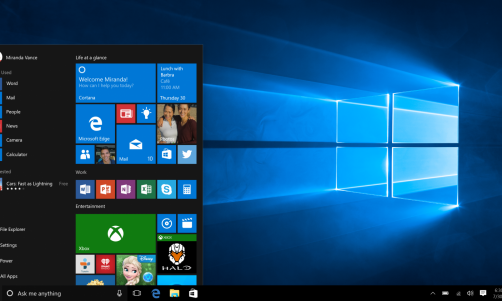Nebulas are the best naturally made debris in the entire universe. It is one of the rare occasions where death is sought after.
A nebula is a gathering of dust particles and gas that is found between stars. It is the product of a star's explosion, which produces gases like hydrogen and other ionized gases. These gases become so thick that they form clouds.
The color that can be seen from the nebula is based on light bouncing back from these gases. Each nebula has its brightness that can be measured by how much light is refracted from the gases.
Hubble's Photo of the Veil Nebula

The Hubble Space Telescope snapped this photo of the Nebula, which the National Aeronautics and Space Administration (NASA) released in 2015.
To be specific, the photo features "in stunning detail a small section of the expanding remains of a massive star that exploded about 8,000 years ago," according to the space agency.
"This view is a mosaic of six Hubble pictures of a small area roughly two light-years across, covering only a tiny fraction of the nebula's vast structure," NASA adds.
Where is the Veil Nebula?
The Veil Nebula is found somewhere about 2,100 light-years away from Cygnus. It is estimated that the whole nebula has a size of 110-light years.
From what the Hubble Space Telescope can see, the Veil Nebula has expanded compared to when it was seen way back in 1997. Nasa's scientists aim to study and compare the new image and the past image to see how it expanded over the course of time.
Fun Fact About Hubble
Hubble Space Telescope is named after astronomer Edwin Hubble. In his time, he used the largest telescope at Pasadena to discover galaxies beyond our own. The Hubble Space Telescope was launched into space around 1990 and has long changed our view of the horizon.
The Hubble Space Telescope has launched in April of 1990 and has been in use since then. The telescope has had 5 service missions, which made it last this long.
According to NASA, it has a length of 43.5 feet or around 13.2 meters. It has a maximum diameter of 14 feet. From launch, it had a weight of 24,00 pounds but after 4 service missions, it gained an additional 3,000 pounds putting it in 27,000 pounds.
To power this telescope it garners energy from the sun via 2 25-foot solar panels, which generate around 5,500 watts. This is more than enough to sustain it since its usage only averages 2,100 watts. The energy is then stored in 6 Nickel-Hydrogen batteries which is equivalent to storing energies of around 22 car batteries.
Without the influence of haze in the atmosphere, the Hubble Space telescope is so strong that it can see a pair of fireflies that are less than 10 feet apart from a distance of Washington D.C to Tokyo.
The most amazing thing about this telescope is that it does not have any thrusters, its turning relies heavily on Newton's third law by using 2 wheels that spin in opposite directions to turn.
Related Article: SOAR Telescope Discovers An Asteroid Rotating On The Same Orbit As Earth: 2 Ways To Watch Asteroids














